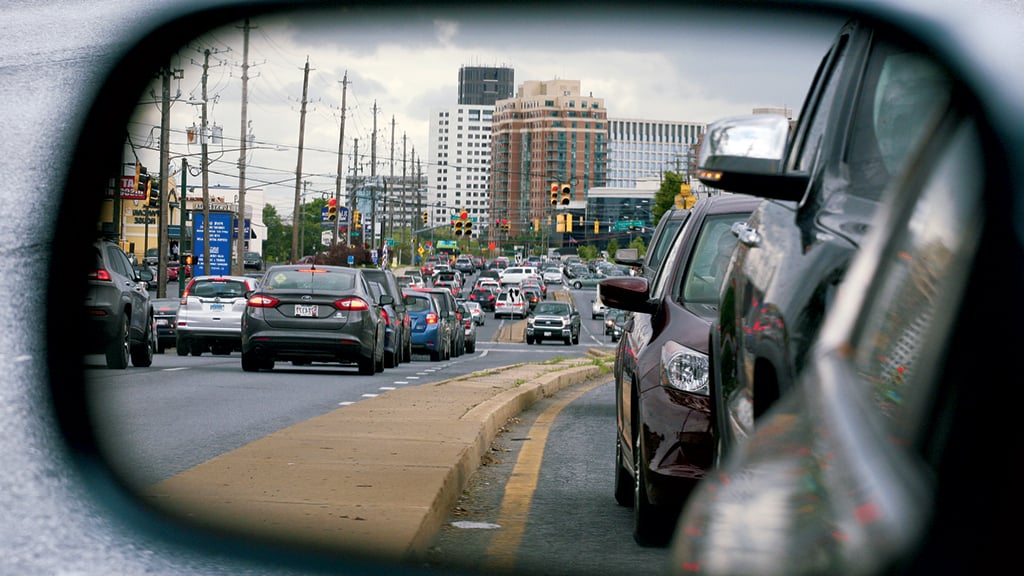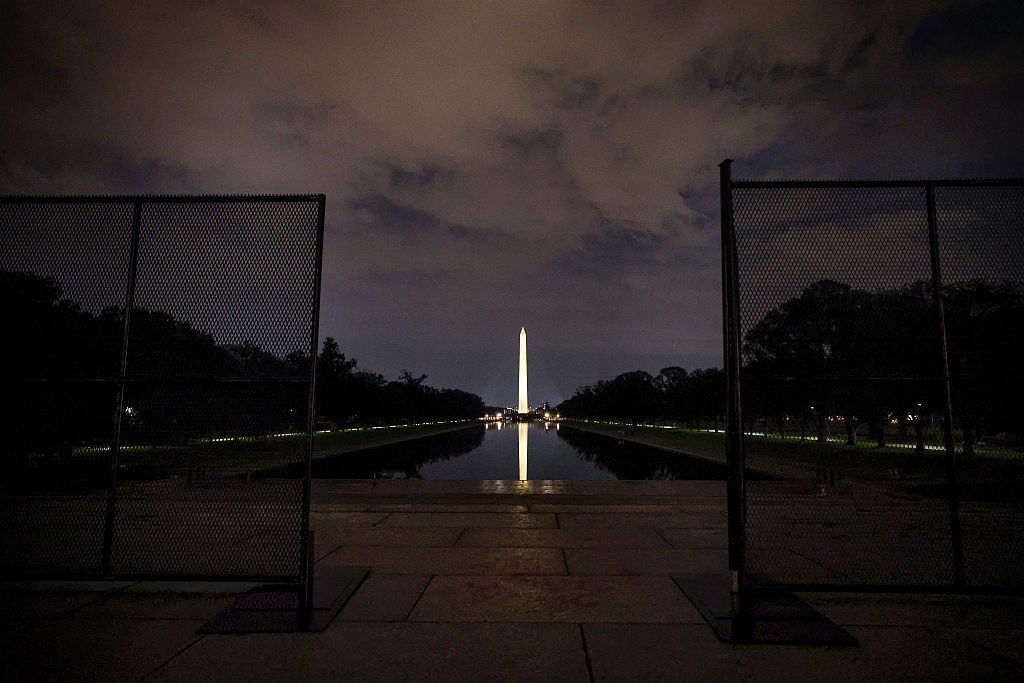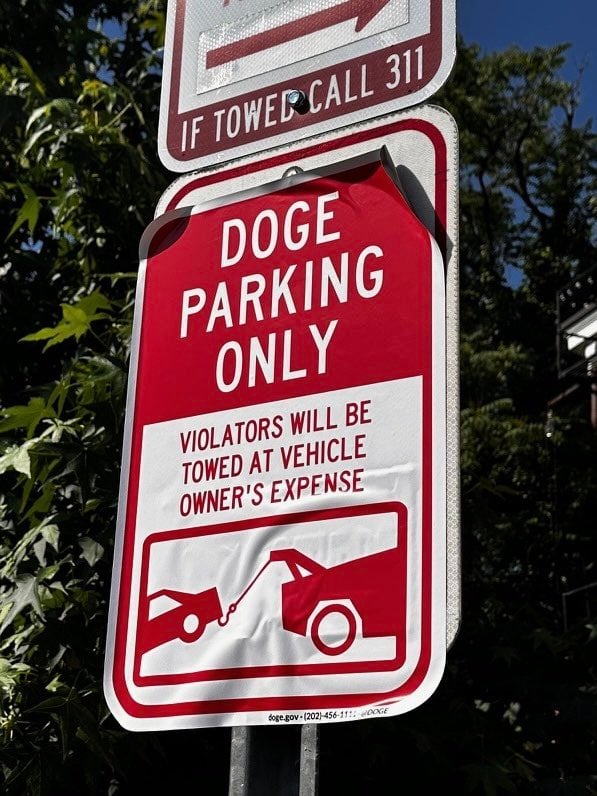For a newish suburb, Rockville has surprisingly good Chinese food at Joe’s Noodle House, an honest-to-goodness roadhouse in Hank Dietle’s, and, for those who stray to suburbia only for the big-box experience, a palatial Target. But when we think of Rockville, let’s face it, we think of Rockville Pike, and when we think of the Pike, we think of traffic.
There have been times on the Pike when traffic was so bad that I tried to park my car and walk. On a run to an art-supply store during college, my roommate and I nearly got run over when an errant tube of tracing paper rolled out of his bag as the light turned green. Later, I tried to visit F. Scott Fitzgerald’s grave nearby in St. Mary’s churchyard. Faced with nine lanes of cars, no crosswalk, and only an hour to cross the road, I gave up.
Nonetheless, the City of Rockville now says the Pike should be bigger. A plan submitted in March would make it 252 feet wide from building front to building front—more than twice the width of today’s right-of-way and about 20 feet wider than I-270, which parallels the Pike a mile or so to the west.
Rockville Pike began as a Native American foot trail 10,000 years ago before European settlers turned its use to commerce, connecting tobacco farms to the Potomac River in Georgetown. In 1805, when it became a turnpike, people grumbled about how congested and badly maintained it was—in 1899, the Maryland Geological Survey dubbed it “one of the worst pieces of main highway” in the state. It wasn’t fully paved until 1925, but in 1955 it was widened to four lanes, then in 1975 to six.
The case for enlarging it again is born of the best intentions. City officials envision the Pike as a grand boulevard: suburban Washington’s answer to Barcelona’s Passeig de Gràcia. Rockville—and the county that surrounds it—wants to move past strip-mall sprawl to foster real street life. The city’s plan features wide sidewalks lined with shops and restaurants, bike lanes, and buildings no taller than seven stories.
But that’s about where comparisons to pleasant European thoroughfares end. With three lanes of through traffic in either direction, parking and loading zones relegated to access roads, two sets of bike paths, and the county’s proposed bus rapid transit running in its own channel, the resulting road will be so wide and complex that Usain Bolt would have trouble getting across before the light changes. (No fewer than four medians will divide the boulevard, presumably to give pedestrians a rest.)
Great urban streets, says Allan Jacobs, an urban designer and professor emeritus at Berkeley, allow pedestrians, bicyclists, and drivers to experience a single sense of place. This requires that motorists go more slowly and take in the “outdoor room” around them.
According to that theory, a street’s width should be one to two times the height of the buildings around it, or about 70 to 140 feet across to accommodate Rockville’s seven-story structures. Without that proportional relationship, drivers focus on the horizon ahead and hit the gas—shops and shoppers be damned. Which is basically how Rockville Pike works today. Nothing in the new plan will change this.
Planners are also ignoring evidence that traffic has been shifting away from the Pike over the past couple of decades. Some drivers have probably changed their route to I-270, which was expanded to 12 lanes in the 1990s; others may have jumped to the Red Line, which was extended to Rockville in the mid-’80s, or to the county’s Ride On bus service. As the area has gained a quarter million residents since 1990, traffic between Route 28 and Montrose Road has actually fallen from an average of 69,000 vehicles a day in 1990 to just 46,000 last year.
Rather than widen the Pike, Rockville would do better to further divert local traffic away from it by creating an urban grid that would draw drivers into enclosing neighborhoods and get people out of cars altogether. Earlier this spring, under the banner suburban, not urban, Bethesda residents turned out to protest a proposal to turn a Westbard Avenue strip mall into a small town center. But everywhere in our region, suburban neighborhoods already thrive next to mini city centers.
This is what Montgomery County is thinking in its own plans to remake a section of the Pike between the White Flint area and the Rockville line. The county, too, wants to make a boulevard, but its plan lays out a new downtown grid in a horseshoe shape around White Flint, with a series of parks and a one-to-two-acre green space. The Pike itself will allow for Jacobs’s sense of enclosure, with buildings up to 300 feet tall and a street just 180 feet wide.
Instead of investing in size, the City of Rockville should borrow its county counterparts’ ideas about urban density. We may still complain about traffic, but at least we’d end up in a thriving place worth fighting traffic to get to.
Dan Reed, a transportation planner and recovering architect, writes Just Up the Pike, a blog focusing on Montgomery County. On Twitter, he’s @justupthepike.
This article appears in our June 2016 issue of Washingtonian.



















